-
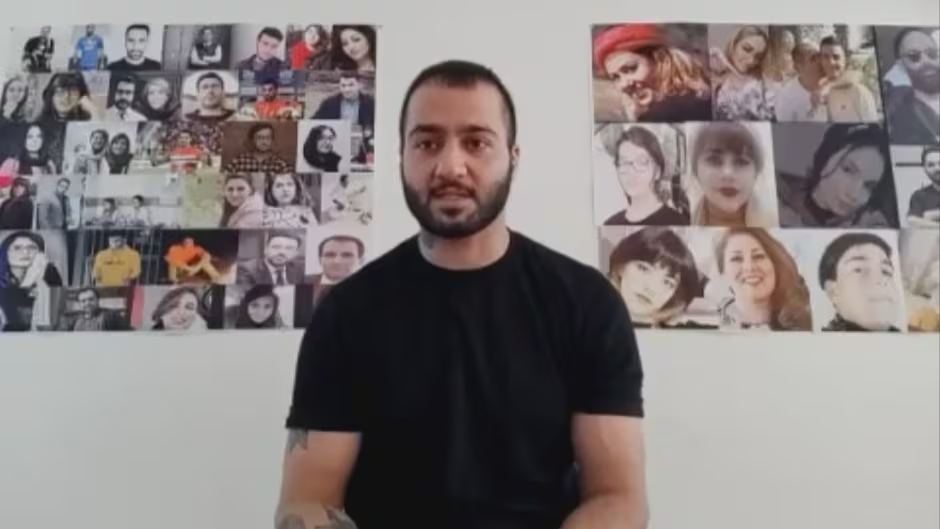
The Monarchist-IRGC Bloc and the Suppression of Iran’s Opposition
•
The polarization of Iranian society is intensifying. What is unfolding is not a chaotic battle of competing factions but a deliberate convergence of reactionary forces. The IRGC and monarchist groups, though seemingly at odds in ideological rhetoric, are engaged in a joint effort to eliminate political dissidents. The IRGC carries out repression through direct…
-
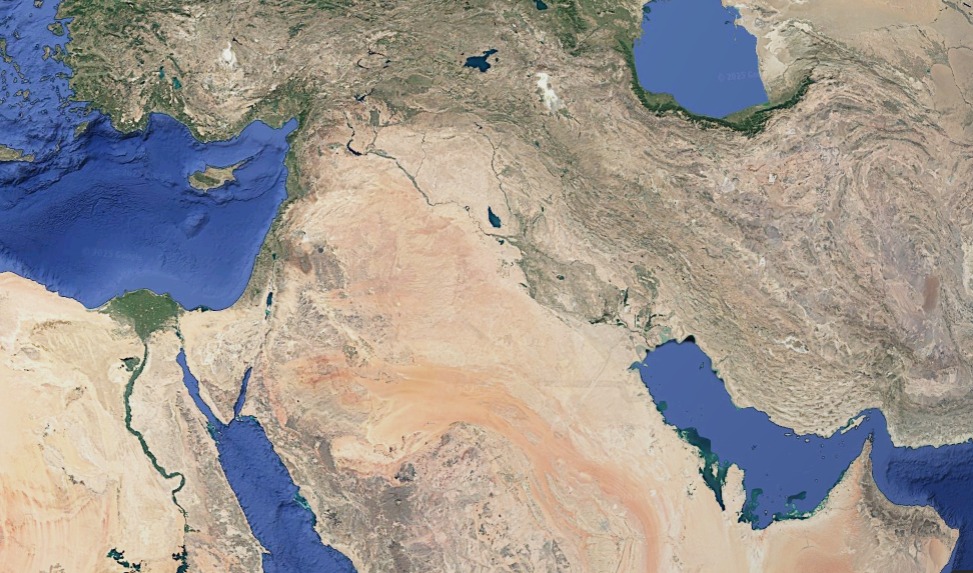
The Curse of Oil, the Weight of History
•
The article “Iran in the Context of the Middle East – A Concise Analysis of the Situation” (published in Persian) by Mohammadreza Nikfar presents a sweeping historical and political analysis of the Middle East, tracing the region’s cultural layers, its historical aspirations, and its present-day struggles. The author argues that the Middle East has…
-

Lashes of Tyranny: The Suppression of Mehdi Yarrahi
•
Mehdi Yarrahi, the Iranian protest singer, has once again become a symbol of defiance after enduring 74 lashes for his music. His crime—singing “RooSariTo”, a song in solidarity with the “Woman, Life, Freedom” movement—led to his arrest, imprisonment, and a brutal punishment carried out by the Islamic Republic’s judiciary. His case has ignited outrage…
-
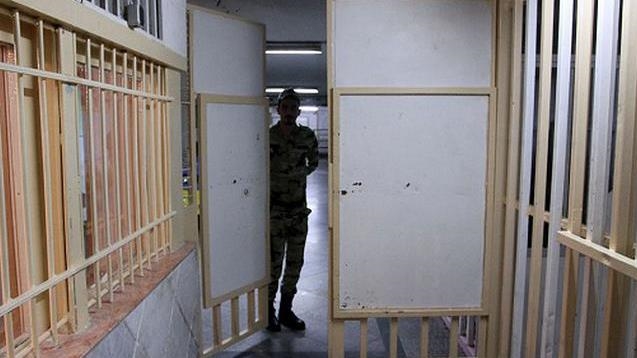
The Trial That Could Change Iran’s Future
•
Iran’s modern history is a story of unbroken state repression. From the monarchy of Mohammad Reza Pahlavi to the theocratic rule of the Islamic Republic, prisons have remained instruments of control, torture has been routine, and dissent has been met with bullets and gallows. The names and slogans have changed, but the machinery of…
-
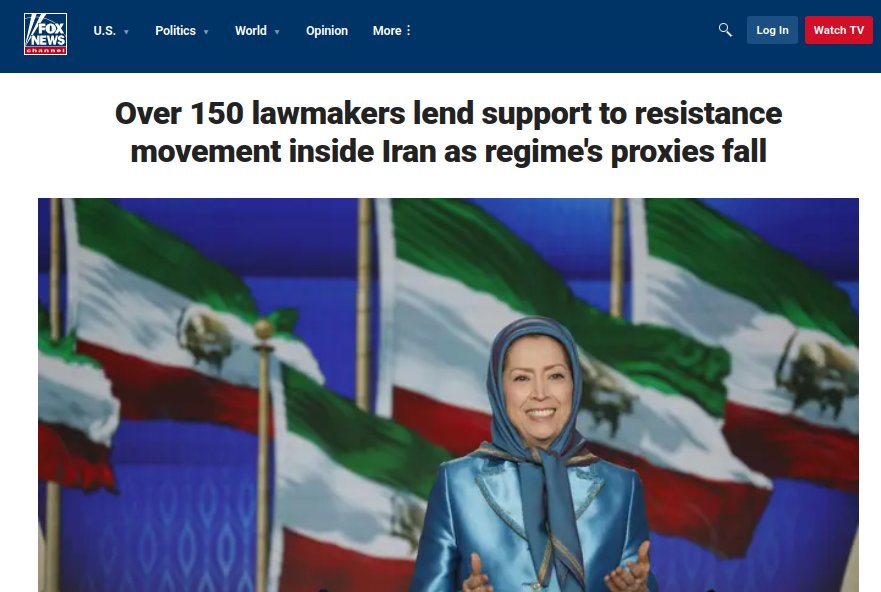
The MEK: Ghosts of the Past, Agents of the Present
•
During the tumultuous days of the Woman, Life, Freedom movement, one absence was glaring—the Mojahedin-e Khalq (MEK), an organization that otherwise seizes every opportunity to wave its banners and flood European streets with hollow slogans. In Vienna and other European cities, where protests erupted daily, the MEK was nowhere to be found. This was…
-
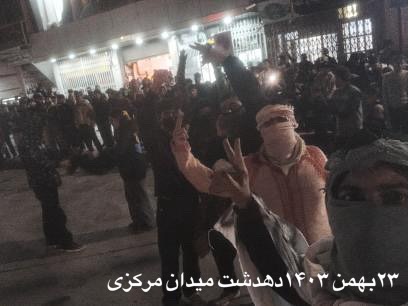
The Structural Roots of Resent Protests in Iran
•
Over the past week, for several consecutive nights, the city of Dehdasht in Kohgiluyeh and Boyer-Ahmad province has witnessed widespread protests against recurring power outages, economic hardships, and government repression. These protests were met with a harsh crackdown by security forces and police. Regime-affiliated sources attempted to portray the protests as ethnic clashes between…
-
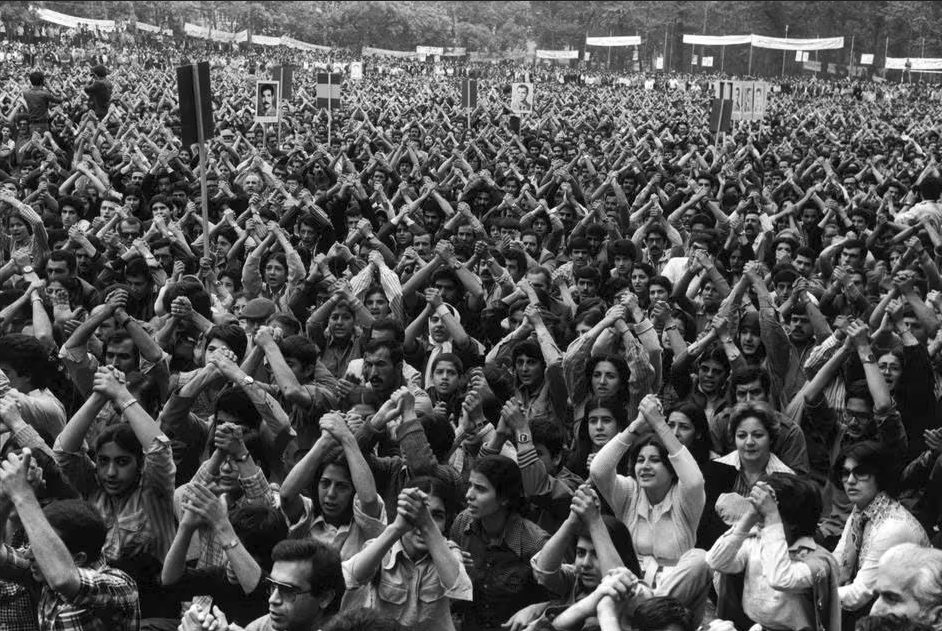
Nostalgia vs. History: Why the Iranian Revolution Was No Accident
•
Khosrow Sadeghi Boroujeni’s article critically dismantles revisionist narratives that seek to erase the realities of Iran’s pre-revolutionary era while blaming the 1979 revolutionaries for the rise of the Islamic regime. He challenges both monarchist nostalgia and reformist pragmatism, exposing how these perspectives manipulate historical memory to serve political agendas. Boroujeni highlights the extreme inequalities…
-
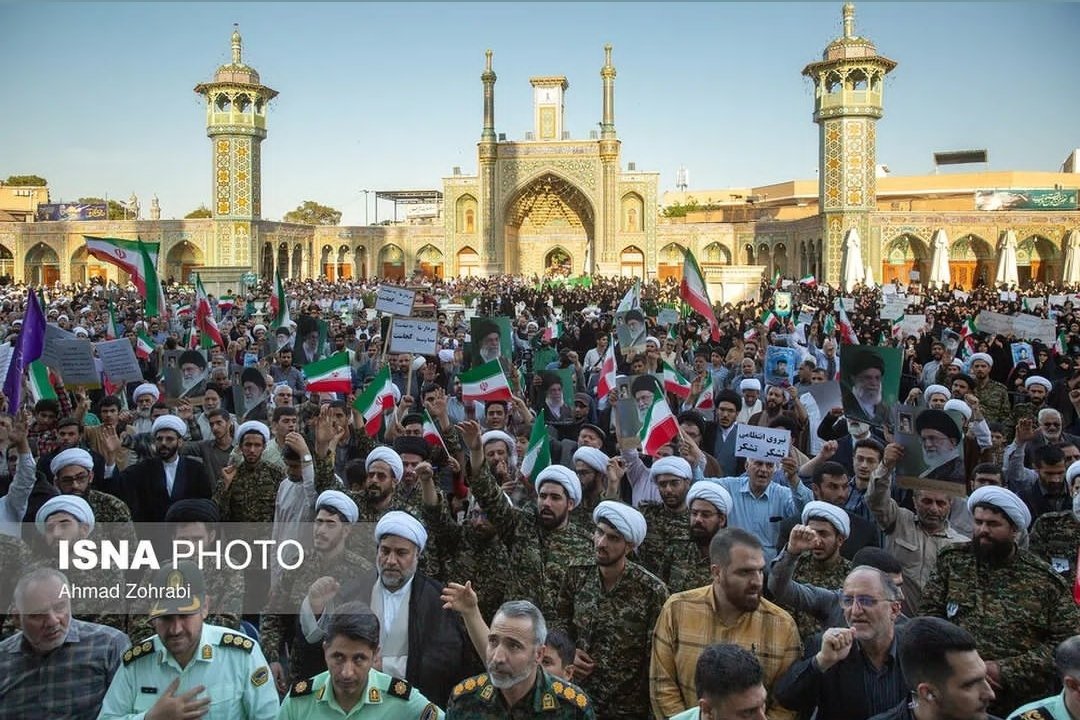
Iran’s Condition: God, Money, Guns, and Fascist Rule
•
Georges Bataille’s theory of fascism provides a unique framework for understanding the psychological and structural dynamics of authoritarian regimes. His analysis, rooted in the tension between homogeneity and heterogeneity, explores how societies maintain control through hierarchical structures and sacred symbols of authority. Fascism, as Bataille describes it, thrives on a dualistic structure of sacred…
-
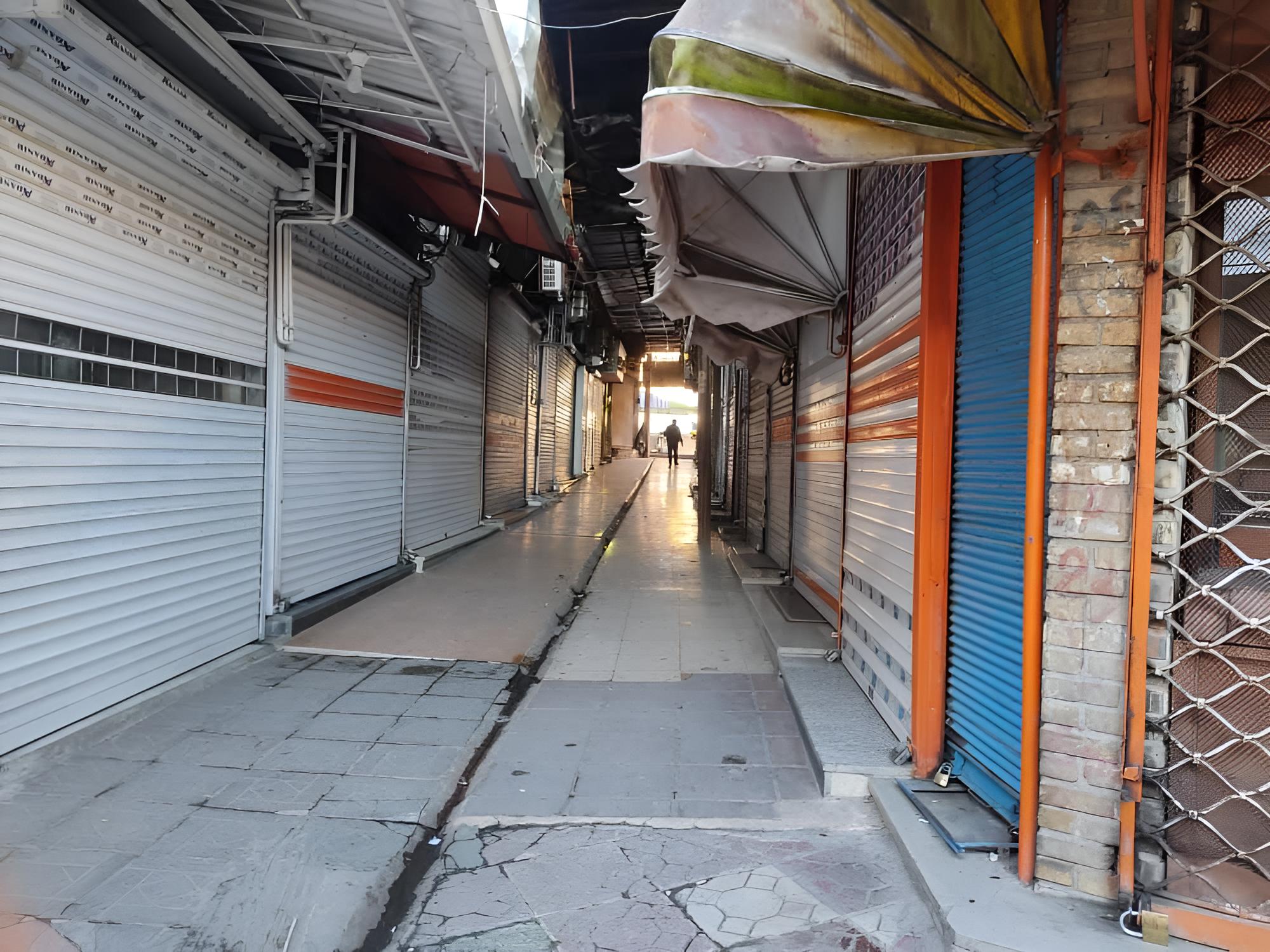
Strikes Across Kurdistan in Protest Against Executions
•
On Wednesday, January 22, shopkeepers and merchants across Kurdistan launched a strike to protest against the death sentences issued by the Islamic regime. This organized demonstration faced threats of shop closures and conflicting reports from regime-linked sources, highlighting the tense environment surrounding the protests.
-
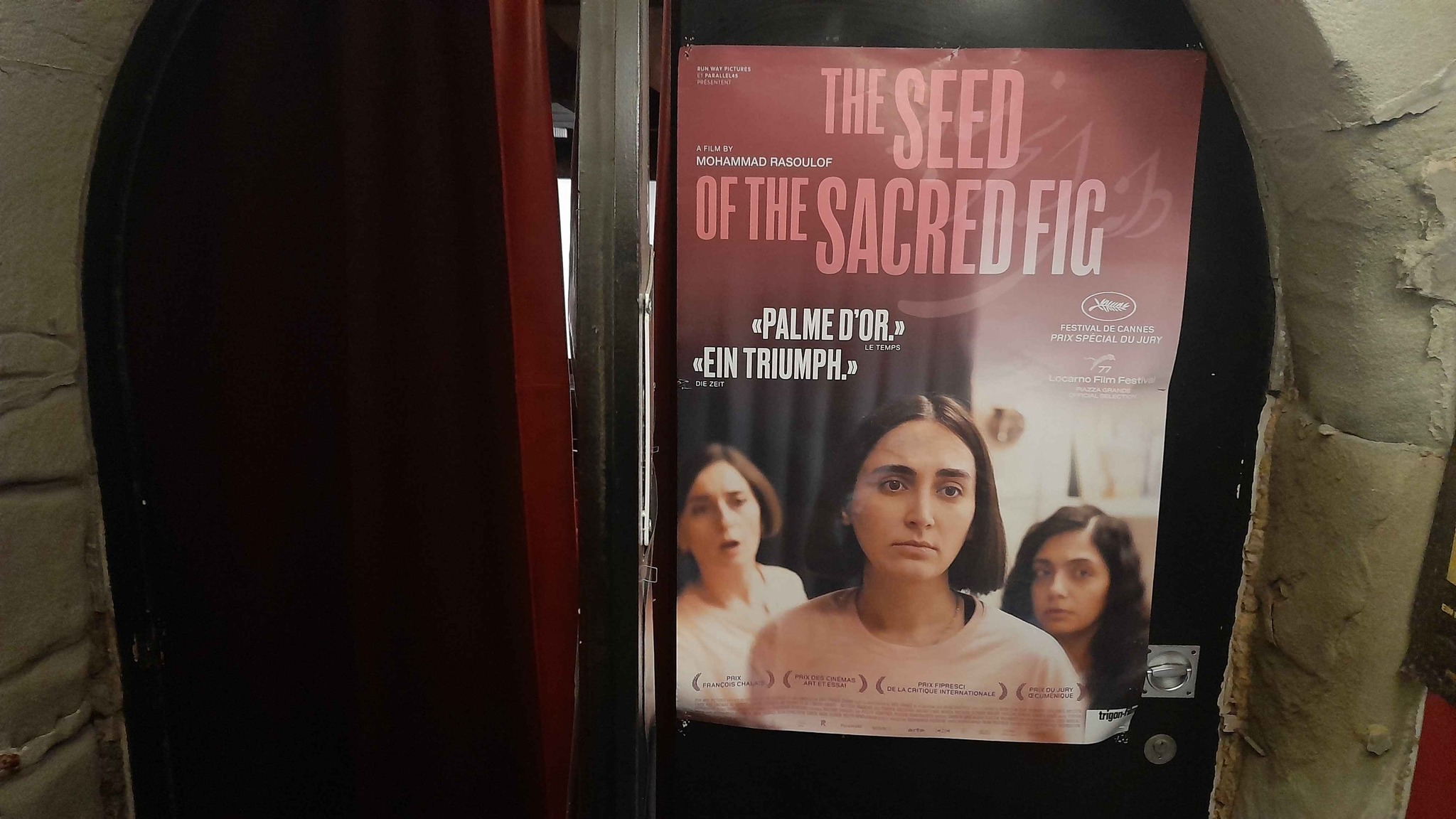
The Sacred Fig and the Death of Patriarchy
•
I watched The Seed of the Sacred Fig by Mohammad Rasoulof at an alternative cinema in old town of Bern. They’re saying it’s up for the Best International Feature at the Oscars, and honestly, I see why. The story follows Iman, a man who’s spent 21 years serving the regime. He’s just been promoted…
-
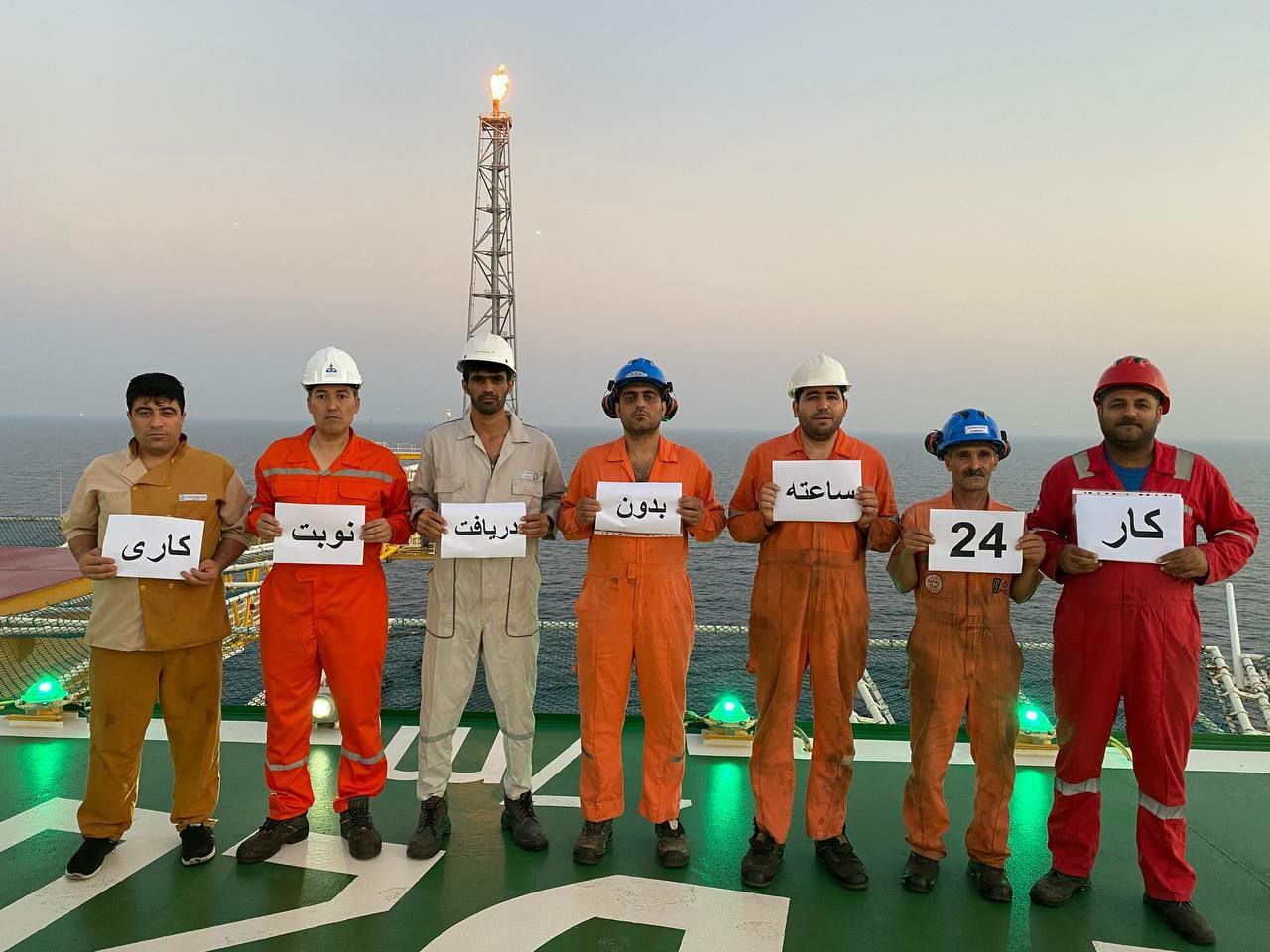
The Struggles of Iranian Workers in 2024
•
The year 2024 was a testament to the unyielding spirit of Iran’s labor movement, even as it battled relentless oppression. Across 31 provinces and 70 cities, workers, teachers, retirees, and healthcare professionals staged 2,396 protests and 169 strikes. Their demands were not extravagant—wages above the poverty line, payment of long-overdue salaries, and basic workplace…
-
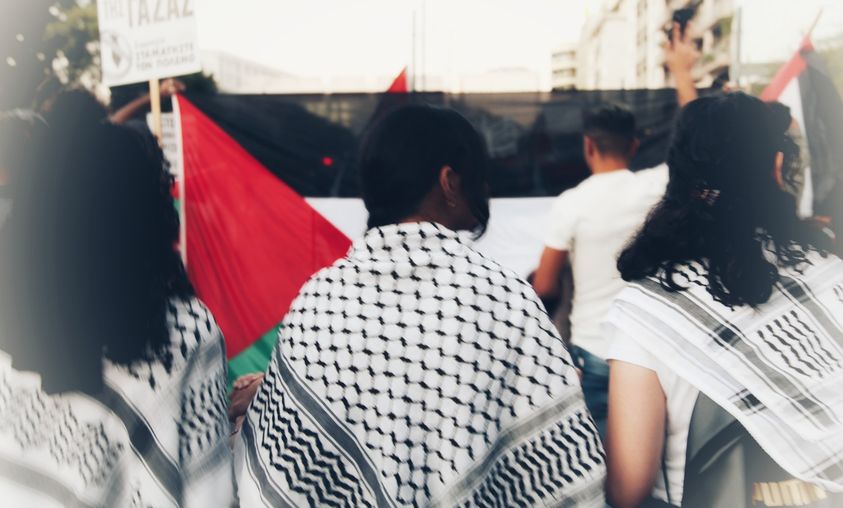
The Machinery of Death and the Myth of Resistance
•
The ceasefire is not a gift from Donald Trump. It’s the result of a temporary exhaustion of the machinery of death. Killing costs money, after all, and even the West can only dress up its carnage as a fight against terror for so long before the façade starts to crack. There’s also the matter…